
UNSW BA LARCH Portfolio GRADUATION STUDIO

A strategy of evolving resilience to
sea level rise by integrating aquaculture into the public realm


UNSW BA LARCH Portfolio GRADUATION STUDIO

A strategy of evolving resilience to
sea level rise by integrating aquaculture into the public realm
We acknowledge the traditional custodians of the lands + waters of the site which this project is based, the Gadigal Wangal Peoples.
We pay our respect to the elders both in the past and present. We also extend our respects to Aboriginal + Torres Strait Islander Peoples here today, and emerging. We acknowledge the spirits + ancestors and pay tribute to their resilience and continuing connection to the land, water, culture + community.


project scope + objectives 10 site context + analysis site selection theoretical framework 16 “reproblemising urban problems” summary of design strategy 130 references 131 responding to the site 18 focused site analysis fundamental assets design process 26 sea level rise as a design driver preliminary designs precedent study collage making model making

Despite the rising interest and research in urban agriculture and food production in the city, aquaculture has been described as a “disciplinary blind spot” (Ezban, 2016).
Coastal and marine environments (which our project site is both of these) are areas that are not commonly regarded as ‘landscape’ or in the way which they have been manipulated over time (Roe, 2018). However, this design investigation seeks to reveal how said environments are multi-functional and where the interactions between humans and non-human processes in order to produce or gather food or provide other ecological services, have resulted in a rich cultural heritage.
This is project is underpinned by the thinking of architect, landscape designer and scholar Michael Ezban, who presents a forward-thinking theorization of landscape. As he writes,
“landscapes are characterized and enriched by multispecies interdependency, performative ecologies, collaborative practices, and aesthetic experiences between humans and fish” (Ezban, 2019).
They continue to contend that the coalitions of humans and marine species in the urban context, and the crossing of marine habitats/farms with infrastructure, public places and civic amenities, is preeminent to create mutually beneficial strategies (for humans and non-humans) to address pressing urban challenges that are central to contemporary landscape practice (Ezban, 2019).
Therefore, this projects sets out to recover aquaculture landscapes as a mutually beneficial strategy for humans and non-humans to address contemporary, coastal urban challenges such as municipal wastewater management, storm water management, sea level rise and revitalizing urban ecologies.



Collection of several different types of shells (e.g. abalone, mussels, oysters, limpets, periwinkle, pippis) plus evidence of burning such as pieces of charcoal at midden site of the Wathaurong people along the Great Ocean Road Coast, Victoria
Image Source: Great Ocean Road Coast Committee, 2010
Aquaculture systems seem to change the supply and demand of food types and offers a contemporary ‘alternative’ focus of foods as to those produced by the conventional agribusiness (Roe, 2018).
Although the industry of aquaculture today is instrumented with commercial competition and political maneuvering, there is a rich alternative history of food production, gathering, and consumption from marine environments that is not often told (Roe, 2018). Thus, examining landscapes through an aquaculturelandscape lens can bring alive cultural histories and help fill the gaps in knowledge relating to attachment to place, identities, and traditions around the world. As historic studies show that humans often survived in coastal areas as a result of the access to food in the marine environment when landbased food was scarce (Roe, 2018).
For example, the study of Indigenous Australian Aquacultural practices through the observation of shell middens located along the Australian coast, dating back to more than
10,000 years ago (Roe, 2018), provides much evidence that oysters were an important part of everyday life. Also, more broadly indicates the food consumption habits and culture, the wider connection between Indigenous peoples, land, sea and resources over time (National Oceans Office, 2002).
This is embodied in the Indigenous Australian perspective of the coastal and marine environment as Sea Country The Sea Country frame of view leads us to see land and sea in a “holistic way that also includes connections to powerful and significant places” (National Oceans Office, 2002). Where the value placed to these aquaculture landscapes “encompass a wide range of cultural and spiritual matters that extend beyond economic values” (National Oceans Office, 2002).
Therefore, this projects sets out to recover aquaculture as a practice with a deep history of constructing extraordinary landscapes.
the many and varied benefits to humans provided by the natural environment and from healthy ecosystems
Coastal Urban Challenges threats to present or future human wellbeing, resulting from human-induced damage to the physical environment, originating in or borne in coastal urban areas
Cultural Asset considered historically or socially significant to the community Sea Country all living things, beliefs, values, creation stories, spirits and cultural obligations associated with the sea.
Seascapes food from the marine landscape
the


1900T 3500T
7300T of Cu of Pb of Zn
...Currently Sydney Harbour
(Monotoya, 2015)
17.7T
92 YEARS of heavy metals are discharged into Sydney Harbour through stormwater every year.
(Monotoya, 2015)
The time taken for particular metals to decline to two times background concentrations of heavy metals.
the focus sites include the surrounds of WBPS and the concrete apron of glebe island






Glebe Island was selected as a focus site because with the proposed sea level rise levels with provide an unique intertidal habitat.
White Bay was selected as its open bay form and will provide consistent tidal flows and calm swell.
contaminates
White Bay Power Station was selected as its can be seen as a contaminate and toxin ‘hotspot’ and a priority site for remediation.


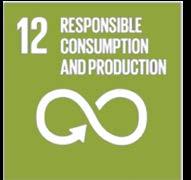

“REPROBLEMISING URBAN PROBLEMS” -
“If we, collectively, transform... water contaminants into highly nutritious aliments, there will be fewer opportunities for unbalanced viral ecologies to exploit unsustainable food supply chains... and cause us harm.”

— says Dr. Claudia Pasquero (ECOLOGIC STUDIO)
If marine habitats and marine farming, intersect with the public realm, can they provide food, ecology, waste management, joy and beauty? REPROBLEMISING URBAN PROBLEMS” /
What if site-limits become site-opportunities of regeneration?
How can toxic soil and water regenerate intertidal habitats?

Marshlands Revealed / 04 RESPONDING TO
Deep cut from Rozelle to Sydney Harbour Bridge













existing conditions


existing conditions algae found on site
“Due to elevated levels of dioxins, fish and other crustaceans caught west of the Sydney Harbour bridge should not be eaten.” 2. MACRO - ALGAE Sargassum sp

1. MICRO - ALGAE



















water depth over time sea level rise modeling + increase of intertidal area layers over historical landform analysis




























a. testing landform manipulation against sea level rise
b. speculating surface run-off
with landform manipulation
c. integrating program
& harbour edge
d. integrating residential + commercial development
e. testing petri-dish form
f. sunlight through algae, image by author.
g. algae form study
h. design iterations

















a. re-purposed slide tower
b. monkey bars
c. sea-saw
d. pulley play
e. ‘cluster’
f. assisted jumper
g. stepping poles
h. rep-urposed sea-saw
















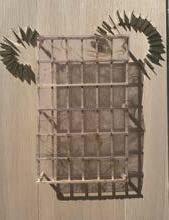










Shadow of the WBPS Chimneys
Making the Panels Movable to Avoid Shadow of WBPS Chimney








Making the Panels Movable to Avoid Shadow of WBPS Chimney


















gabion walls begin to crumble coastal air corrodes wire mesh sediment captured tide creeps in aquatic species colonise intertidal habitat form
contruction of jetty for use of humans development of landform
mircoenvironmentsformedaspectoflandformstrentghens
municiple grey water line to as feed introduce kelp farming furrows dredged into ‘beds’











SYSTEM 1.1 tap into the flow (WBPS)





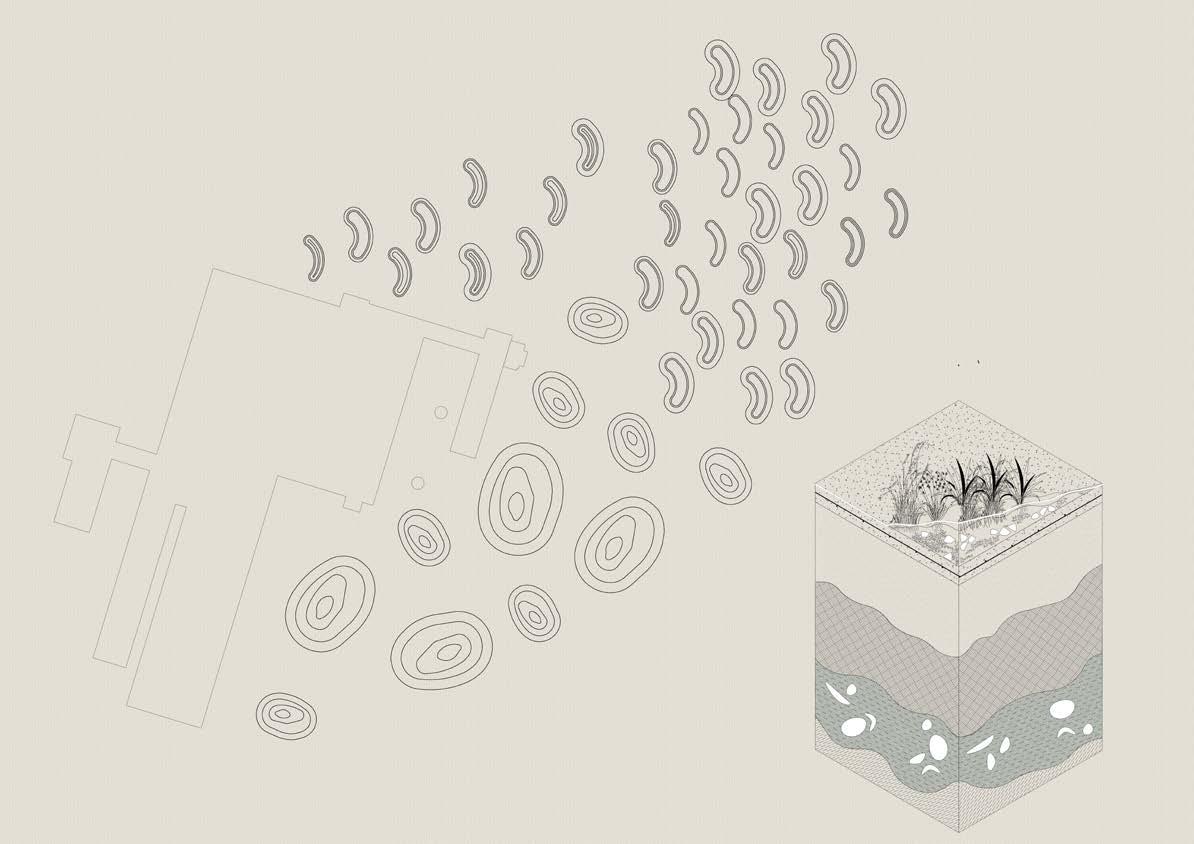










PHASE 1 / CULTIVATE
FIRST 20 YEARS OF MANAGEMENT

surface run-off rainwater collects pollutants
crushed oyster shells filter Cu, Pb + Zinc by absorption (Xu et 1.2 THE FIRST HARVEST
CaCO3 leaches into sub-soil increasing the hardness of groundwater
crushed oyster shell substrate refuge for increased amounts of biota
saturated zone



PHASE 1 / CULTIVATE
FIRST 50 YEARS OF MANAGEMENT











PHASE 1 / CULTIVATE
FIRST 50 YEARS OF MANAGEMENT

phytovolatilization

phytodegedration
phytoextraction
phytostumulation
phytostabilization






1.2
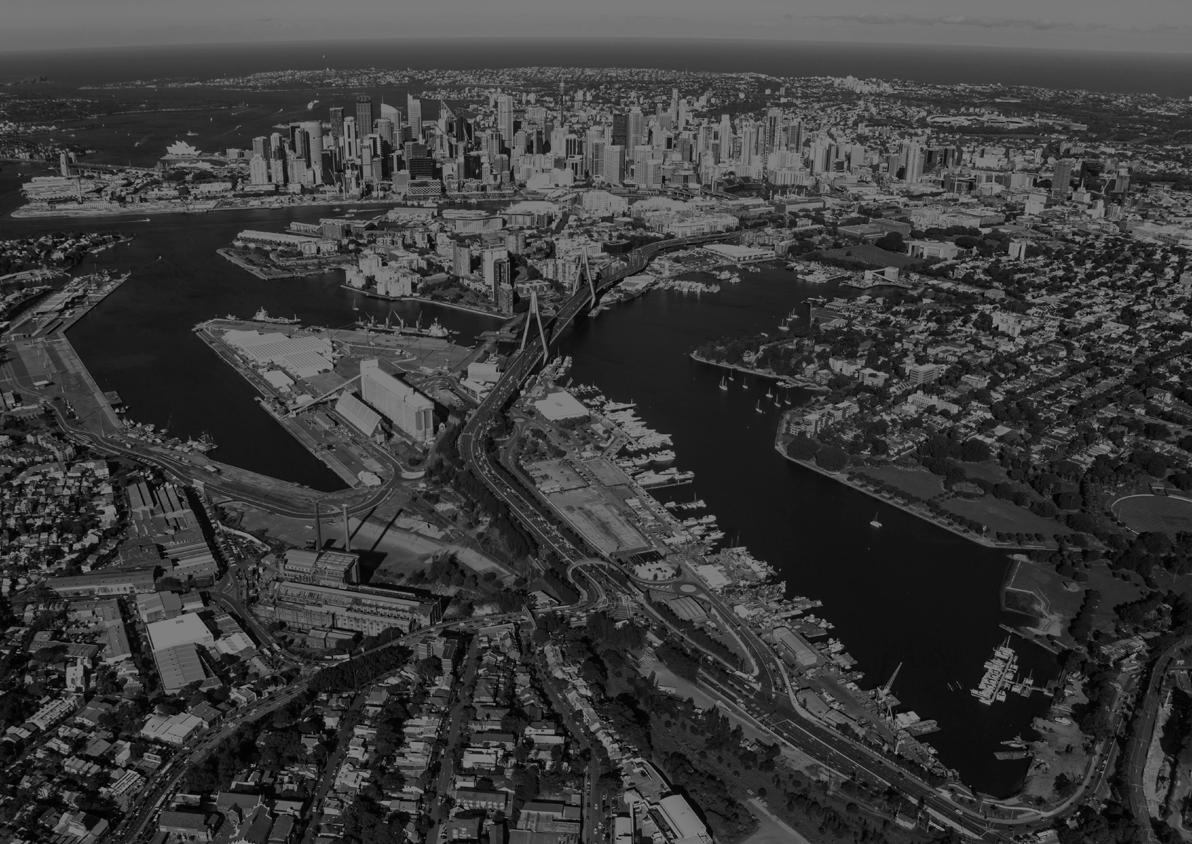
1. CONTAMINANTS FROM DISCHARGE PIPES (URBAN RUNOFF)
2. CONTAMINANTS FROM HARBOUR WATER (TIDES)
3. SUNLIGHT

1. RESIDUAL MACRO-ALGAE BIOMASS (RMB) HARVESTED FOR BIOPRODUCTS















construction of jetty for use of humans developmentoflandform mircoenvironmentsformed aspectoflandformstrengthens


PHASE 2 / PROPAGATE

SYSTEM 2.1 sow delight, reap light (GLEBE IS)



















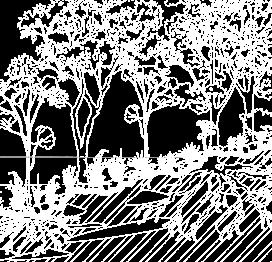
SYSTEM 3.1 intercept the flow (WBPS)
“3m Sea Level Rise”




PHASE 3 / INFILTRATE

existing WBPS canal proposed water flow interception connection to existing canal in Balmain currents/wflow
proposedcontours
grey water from municipal area + streets

proposedcontours
proposed s/w bio-retention lagoon north faced woodland buffer as wind break exposed belvedere kayakaccesssunbakinglawnpicnictable+bbq pop-upmarkets terracedsteps porousconcrete blocks ‘messy’ beach proposed ridge-line







stablises sediment:









3.1

















frequently flooded tidal flat

Sarcornia quinquflora
Suaeda australis
Triglochin strata



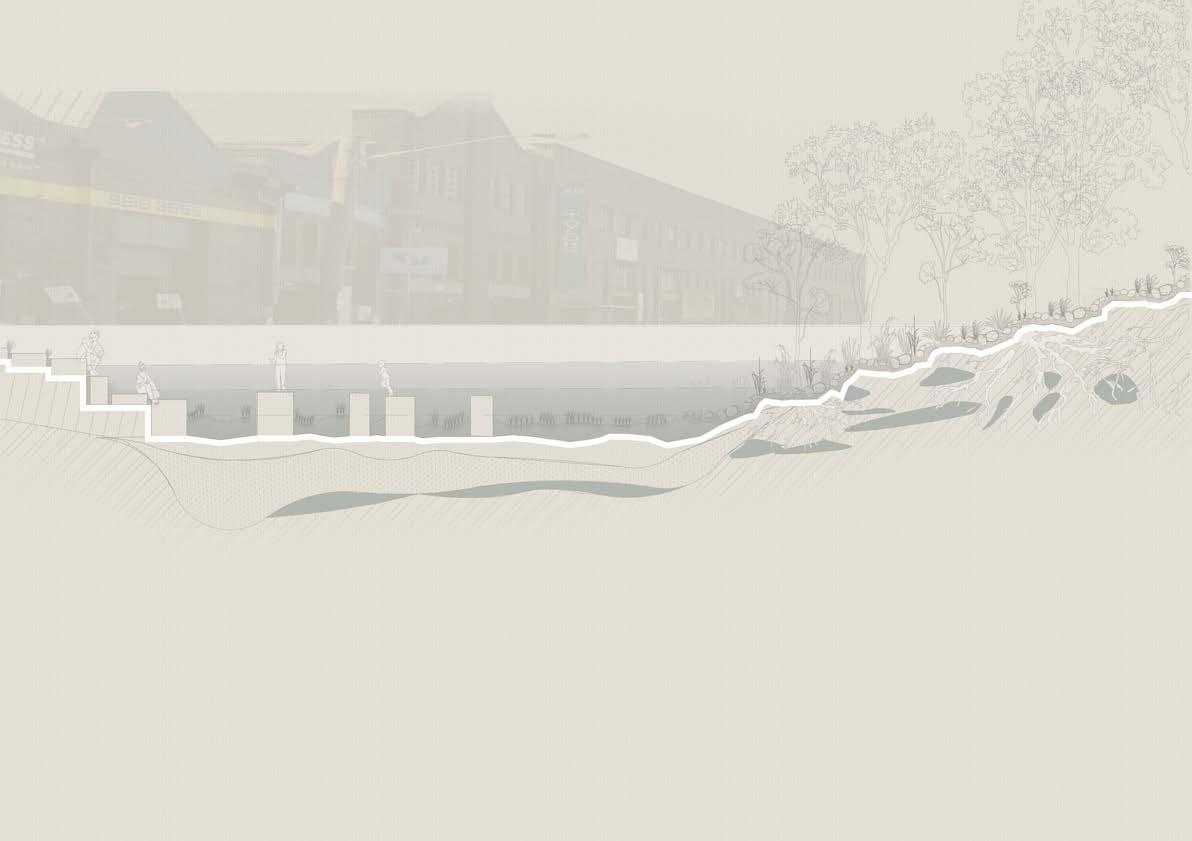




Baumea juncea Juncus acutus Selliera radicans
Sporobolus virginicus
isolepis nodosa
Zoysia macrantha


high marsh buffer upland littoral zone: trees, shrubs, grasses + groundcovers
Angophora sostata
Eucalyptus camaldulensis
Eucalyptus ovata
Casuarina glauca
Melaleuca ericifiolia
Banksia robur
Westringia fruticosa
Dianella caerulea
Lomandra longifolia
Carbrotus glaucescens

crab burrows terrestrial RELEASE



















3,376,000L










+ protection from predators + feeding opp.
+ shelter from currents + habitat for settlement






3.2 ENCOUNTER (YOUR FOOD)
/ 06 DETAILED DESIGN edge type 04 / breathing wall
edge type 03 / grey water transporter









JBS & G. 2015, Site Wide Remedial Concept Plan: The Bays Precinct Urban Transformation Area, accessed 10th November 2021, available at: https://thebayssydney.nsw.gov.au/ assets/Reference-Group/Bays-Precinct-SiteWide-Remedial-Concept-Plan-WEB.pdf
Kruczynski. W., Fletcher P., 2012. Tropical Connections: South Florida’s marine environment. IAN Press, University of Maryland Center for Environmental Science, Cambridge, Maryland. 492 pp
Montoya. D., 2015, Pollution in Sydney Harbour: sewage, toxic chemicals and microplastics. NSW Parliamentary Research Service, accessed 10th November 2021, available at: https:// www.parliament.nsw.gov.au/researchpapers/Documents/pollution-in-sydney-harboursewage-toxic-chemica/Pollution%20in%20Sydney%20Harbour.pdf
Rahman. A, Miller. C. D., 2017, Chapter 6 Microalgae as a Source of Bioplastics, Algal Green Chemistry, Elsevier, pg 121-138, ISBN 9780444637840, accessed 10th November 2021, available at https://doi.org/10.1016/B978-0-444-63784-0.00006-0.
Tel Aviv University, n.d. Microalgae utilization for plasticizers degradation, biofuel and plastic production: Circular Economy Concept, Water Research Centre, Tel Aviv University, accessed 10th November 2021, available at: https://en-wrc.tau.ac.il/microalgea_utilization
Xu. X., Liu. X., Oh. M., Park. J., 2018, Oyster Shell as a Low-Cost Absorbent for Removing Heavy Metal Ions from Wastewater, Polish Journal of Environmental Studies, 28(4), pp.2949-2959. https://doi.org/10.15244/pjoes/92941
A heartfelt thank you for the support and contributution of: UNSW LANDSCAPE ARCHITECTURE 2021 GRADUATING STUDIO CLASS, specifically...
The guidance from tutors: Scott Wall, Stephanie Stankiewicz, Ben Allen, Patrick Franklyn
The collaboration from peers: Caleb Wright, Isabel Peng, Louis Parsons-O’Malley, Sara Curukovska, Xiaoyu Huang, Louis Griffen, George Sherwood, Georgina Purkis, Anna McFarlane
The consitent support and understanding from close family + friends.
Others:
Nicole Burlach- for her stunning art pieces of ‘Seaweed of Australia’ as seen on the cover and in the drawings.
Simon Lloyd- for his counsel and knowledge sharing on waterway health
Dr Pia Winberg - for the genoristy of her time and knowledge sharing on growing algae
